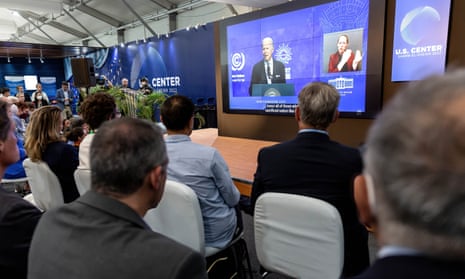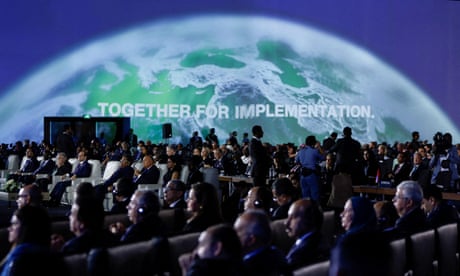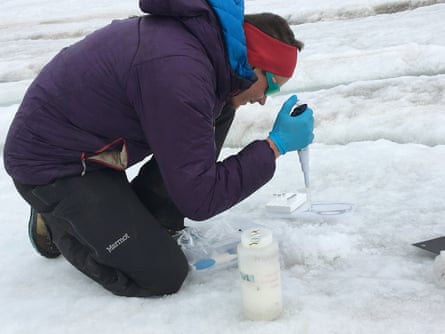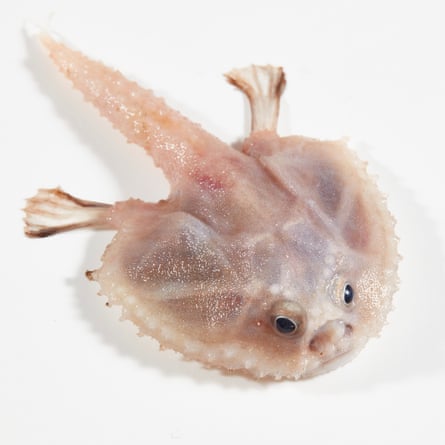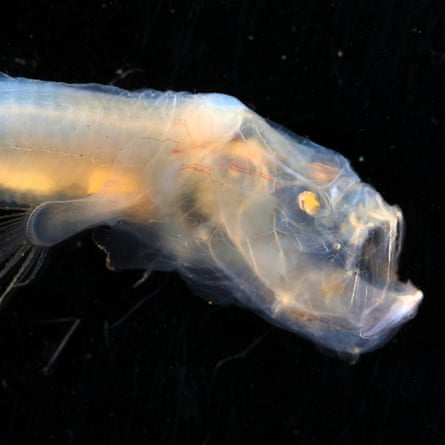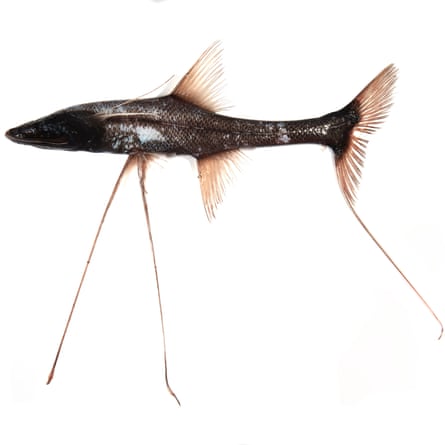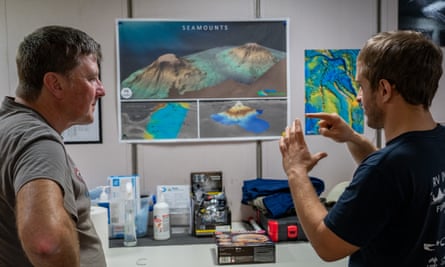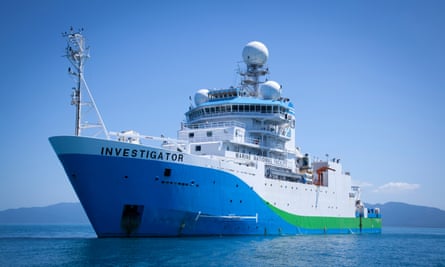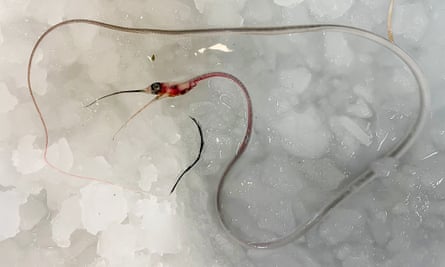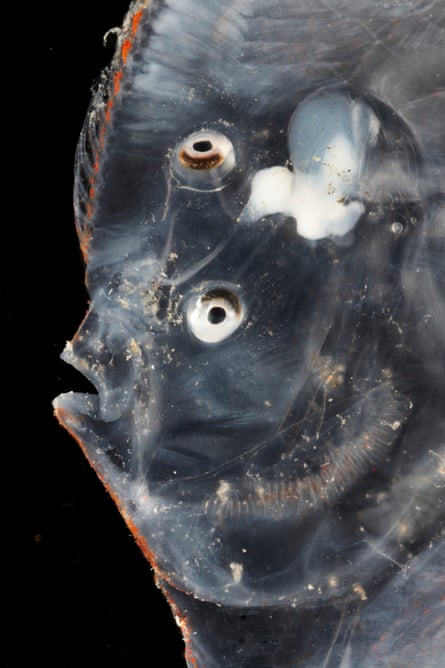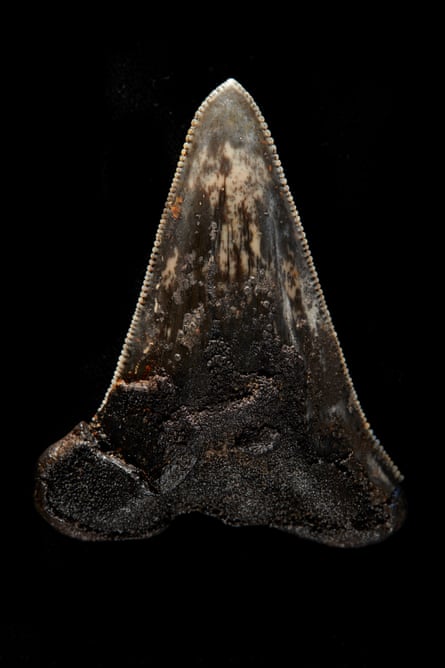Sam Meredith@SMEREDITH19
KEY POINTS
Hill and Knowlton Strategies has been sharply criticized for what critics say is a long track record of spreading disinformation on behalf of its Big Oil clients.
“There is almost no more inappropriate agency to bring on to lead communications for a climate summit,” Duncan Meisel, campaign director at Clean Creatives, told CNBC via telephone.
A peer-reviewed study published late last year in the journal Climatic Change was the first to comprehensively document the role that PR firms have played in helping the world’s most profitable oil and gas companies improve their environmental image and block climate action.

Around 35,000 delegates from nearly 200 countries are expected to convene on the southern tip of Egypt’s Sinai Peninsula to discuss collective action on how to tackle the climate emergency.
Sean Gallup | Getty Images News | Getty Images
SHARM EL-SHEIKH, Egypt — Environmental campaigners see a deep irony in Egypt’s choice to hire U.S. public relations firm Hill and Knowlton Strategies to lead communications at the biggest climate-related conference on the planet.
The host country of the COP27 summit, which runs for nearly two weeks until Nov. 18 in the Red Sea resort town of Sharm el-Sheikh, sees Hill and Knowlton take charge of handling briefings and news conferences at an event designed to galvanize collective action on the climate emergency.
The public relations company, however, has been sharply criticized for what critics say is a long track record of spreading disinformation on behalf of its Big Oil clients.
“Hill and Knowlton is the main lobbying communications firm for the oil industry,” said Duncan Meisel, campaign director at Clean Creatives, a U.S.-based group working to disentangle the PR industry from the fossil fuel sector.
“There is almost no more inappropriate agency to bring on to lead communications for a climate summit,” Meisel told CNBC via telephone.
A spokesperson for Hill and Knowlton did not respond to a request for comment, and Hill and Knowlton’s parent company WPP did not provide an answer to CNBC’s questions.
There is a particularly deep irony of Hill and Knowlton, with this decades-long track record of supporting and facilitating corporate deception and corporate malfeasance, being a critical voice for the global climate negotiations.Carroll MuffettCHIEF EXECUTIVE AT CIEL
Hill and Knowlton, in addition to working with major tobacco companies in the 1950s, is known to have worked for fossil fuel clients such as Saudi Aramco, ExxonMobil and the Oil and Gas Climate Initiative — a consortium of 12 of the world’s largest oil and gas companies.
For example, Hill and Knowlton in 2017 and 2018 helped to create ads that showcased Shell’s role in powering London’s buses with biofuels partly made from coffee waste. The PR firm said the campaign “exceeded all expectations” as it became a global story, with nearly 1,200 news stories and 11.9 billion media impressions. Critics, however, called this out as “greenwashing” with Shell having significant oil and gas operations across the globe.
In the run-up to COP27, a group of more than 400 scientists wrote to Hill and Knowlton and WPP and said that the firm’s work for Big Oil clients was “incompatible with its role leading public communications at the annual United Nations climate talks.”
The Union of Concerned Scientists, a U.S.-based non-profit science advocacy group, also urged Hill and Knowlton “to end its relationship with fossil fuel clients that are worsening the climate crisis, and commit fully to the climate action the world desperately needs.”
On its website, Hill and Knowlton says it manages public affairs, digital and brand strategies for clients across the energy sector. It says it has “experience with Fortune 500 companies, trade associations, government agencies, start-ups and investors across all sectors,” including oil and gas, nuclear, renewables and clean technology.
‘A particularly deep irony’
Carroll Muffett, chief executive at the non-profit Center for International Environmental Law, described Egypt’s choice of turning to a PR firm known to be “one of the worst of the worst by reputation” to run media for the COP27 summit as both “remarkably instructive” and “profoundly disturbing.”
“Any PR firm that is actively supporting to promote [a] narrative of continued fossil fuel expansion under any circumstances is a problem,” Muffett told CNBC via telephone.
“On the flip side to that, there is a particularly deep irony of Hill and Knowlton, with this decades-long track record of supporting and facilitating corporate deception and corporate malfeasance, being a critical voice for the global climate negotiations,” he said.
Egypt’s COP presidency and the United Nations Framework Convention on Climate Change were not immediately available to respond to a CNBC request for comment.
It comes at a time of growing momentum for calls to end fossil fuel production worldwide.
The South Pacific island nation of Tuvalu last week became the first country to use the U.N.’s flagship climate talks to push for a fossil fuel non-proliferation treaty. The European Parliament, the Vatican and the World Health Organization have all backed the proposal in recent months.
Only a handful of small countries have endorsed the initiative to date, however, and the fossil fuel industry has typically sought to underline the importance of energy security in the transition to renewables.
To be sure, the burning of fossil fuels, such as coal, oil and gas, is the chief driver of the climate emergency.
The role PR firms and ad agencies play in “greenwashing” fossil fuels has typically been overlooked, in large part because communications firms have sought to remain in keeping with the adage that “the best PR is invisible PR.”
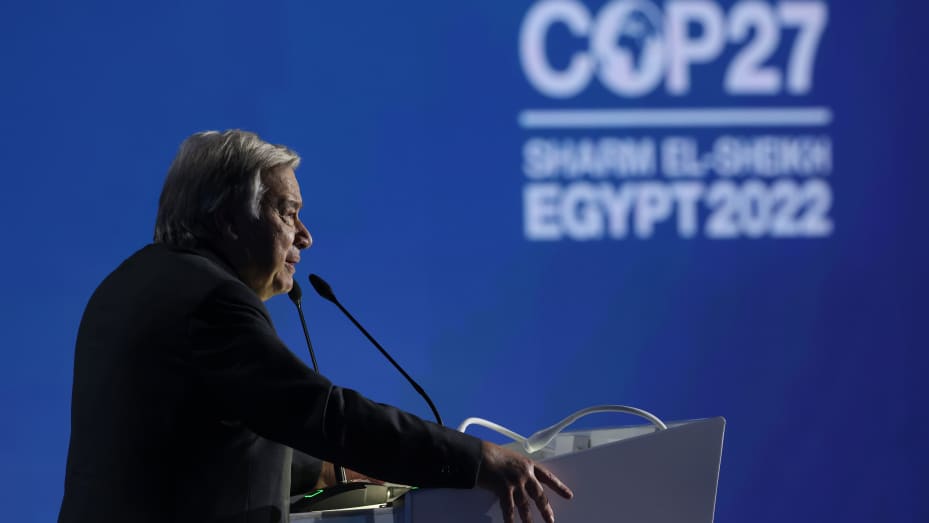
U.N. Secretary-General Antonio Guterres recently called out what he described as the “massive public relations machine raking in billions to shield the fossil fuel industry from scrutiny.”
Sean Gallup | Getty Images News | Getty Images
U.N. Secretary-General Antonio Guterres, however, recently called out what he described as the “massive public relations machine raking in billions to shield the fossil fuel industry from scrutiny.”
“Just as they did for the tobacco industry decades before, lobbyists and spin doctors have spewed harmful misinformation,” Guterres said in a speech to the U.N. general assembly on Sept. 20.
“Fossil fuel interests need to spend less time averting a PR disaster — and more time averting a planetary one.”
‘A clear conflict of interest’
A peer-reviewed study published late last year in the journal Climatic Change was the first to comprehensively document the role that PR firms have played in helping the world’s most profitable oil and gas companies improve their environmental image and block climate action.
It found that energy giants have relied on PR firms and ad agencies to finesse their public messaging for more than three decades.
Christine Arena, a former executive vice president at U.S. PR giant Edelman who resigned in 2015 over the firm’s stance on climate change, told CNBC that it was concerning to see the United Nations Climate Change Conference choose to partner with Hill and Knowlton.
“Hill & Knowlton is one of the top five most highly utilized PR firms for gas, oil, coal, and utility clients — including Saudi Aramco, Exxon and the Oil and Gas Climate Initiative to name a few,” Arena said.
“This presents a clear conflict of interest and an increased likelihood that the same fossil fuel talking points will remain center stage at the most significant climate event of the year.”
“Equally concerning is the fact that, in response to increasing calls for accountability, both H&K and its parent company WPP remain silent,” she added.

